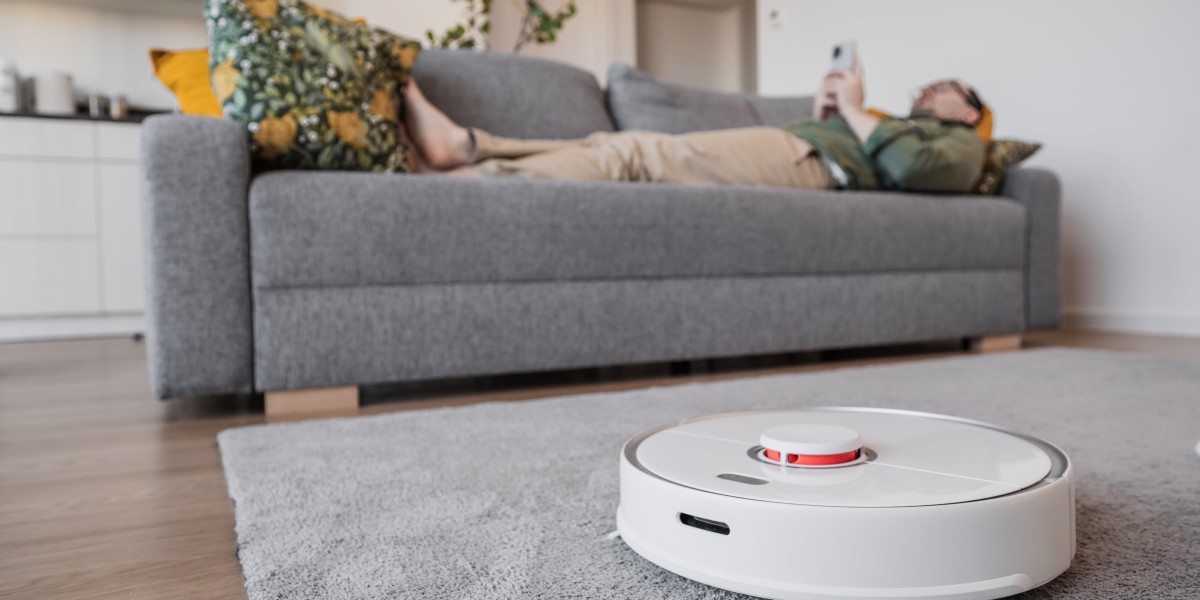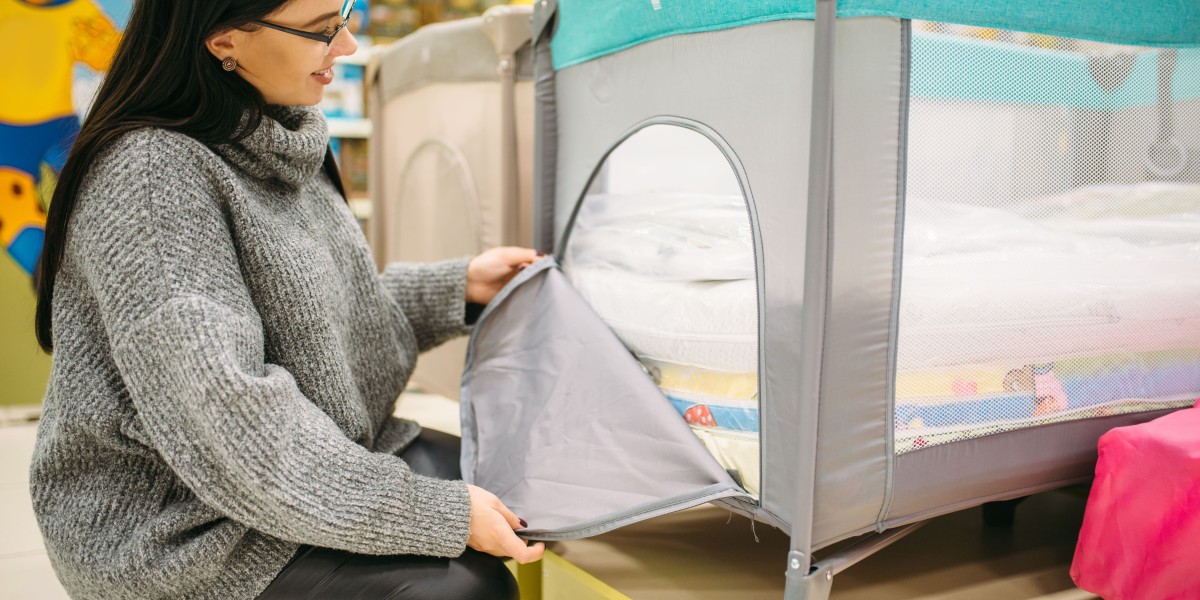The Rise of the Autonomous Cleaner: A Deep Dive into Robot Vacuum Cleaners
In today's hectic world, effectiveness and convenience are paramount. As technology advances, it flawlessly weaves its method into our lives, automating tasks and maximizing valuable time. One such development that has actually changed family chores is the robot vacuum cleaner. These smart devices have actually moved beyond novelty devices, becoming essential tools for maintaining tidy homes with minimal effort.
Robot vacuum cleaners are no longer a futuristic dream; they are a tangible truth, readily offered and progressively advanced. They represent a significant shift in how we approach cleaning, enabling us to recover our weekends and evenings from the drudgery of vacuuming. This article looks into the world of robot vacuum, exploring their inner operations, the numerous types offered, the advantages they use, and the crucial factors to consider when picking the right one for your home.
How Do These Little Cleaning Robots Work?
At their core, robot vacuum are marvels of engineering, integrating different technologies to browse and clean autonomously. They are basically miniature, self-propelled vacuum cleaners geared up with sensors, motors, and sophisticated software application. While models differ in intricacy, the fundamental concepts stay constant:
Navigation and Mapping: Early robot vacuums depended on bump-and-go navigation, randomly bouncing around up until the entire floor was covered. Modern models are much more smart. Many utilize advanced technologies such as:
- Infrared Sensors: These sensing units find barriers and walls, allowing the robot to change direction and avoid collisions.
- Cliff Sensors: Located on the underside, these sensing units prevent the robot from dropping stairs or off ledges.
- Gyroscopes and Accelerometers: These internal sensing units track the robot's motion and orientation, enhancing navigation accuracy.
- Visual Simultaneous Localization and Mapping (vSLAM): Higher-end designs use electronic cameras and sophisticated algorithms to develop a map of the home in real-time. This permits for systematic cleaning courses and targeted cleaning.
- LiDAR (Light Detection and Ranging): Another advanced mapping innovation utilizing laser beams to create extremely accurate maps of the environment. LiDAR-equipped robotics are often more reliable in low-light conditions.
Suction and Cleaning Systems: Just like conventional vacuum cleaners, robot vacuums use suction to raise dust, dirt, and particles from floors. They typically feature:
- Main Brushroll: A rotating brush roll at the bottom upsets carpets and sweeps particles towards the suction inlet. Some designs have specialized brush rolls for various floor types.
- Side Brushes: These extend out to clean along edges and corners, successfully sweeping particles into the course of the primary brushroll.
- Suction Motor: The power of the suction motor identifies the cleaning efficiency, particularly on carpets and for pet hair. Suction power is typically measured in Pascals (Pa).
- Purification Systems: Most robot vacuums use filters to trap dust and allergens, enhancing air quality. HEPA filters are especially effective at capturing fine particles.
Battery and Charging: Robot vacuums are powered by rechargeable batteries, usually Lithium-ion. Battery life varies depending upon the model and settings, ranging from 60 to 120 minutes or more on a single charge. When the battery is low, or after finishing a cleaning cycle, the majority of robots instantly go back to their charging dock.
A Spectrum of Cleaning Capabilities: Types of Robot Vacuum Cleaners
The marketplace for robot vacuum is diverse, offering models with varying features and cost indicate deal with different requirements and budget plans. Here are some common classifications:
Basic Robot Vacuums: These entry-level models concentrate on core cleaning performance. They normally feature bump-and-go navigation, standard suction, and timers for scheduled cleaning. They are ideal for smaller sized homes or those new to robot Vacuum and mop combo innovation.
Smart Mapping Robot Vacuums: Equipped with vSLAM or LiDAR, these robotics create detailed maps of your home. This allows organized cleaning patterns, room-by-room cleaning, "no-go zones" that you can specify in an app, and even targeted spot cleaning. They are considerably more effective and comprehensive than basic designs.
Robot Vacuum and Mop Combos: These flexible gadgets integrate vacuuming and mopping functionalities. They typically have a water tank and a mopping pad accessory. While they might not replace dedicated mops for deep cleaning, they are exceptional for preserving tough floors and light mopping.
Self-Emptying Robot Vacuums: A game-changer for convenience, self-emptying robotics go back to a docking station that not only charges them however also immediately clears their dustbin into a larger, sealed container. This substantially reduces the frequency of manual dustbin emptying, often enduring weeks or perhaps months.
Pet-Specific Robot Vacuums: Designed to deal with pet hair efficiently, these models frequently feature stronger suction, tangle-free brush rolls, and boosted filtration to capture allergens and pet dander.
The Plethora of Perks: Benefits of Robot Vacuum Cleaners
The appeal of robot vacuum cleaners stems from the various benefits they offer, significantly simplifying home cleaning routines:
Time Savings: Perhaps the most substantial benefit is the time saved. Robot vacuums deal with floor cleaning autonomously, maximizing your time for more pleasurable activities or other essential tasks.
Convenience and Automation: Set a cleaning schedule, and your robot vacuum will immediately clean your floorings, even when you are far from home. This uncomplicated cleaning contributes to a consistently cleaner home environment.
Consistent Cleaning: Robot vacuums can clean up more frequently than manual vacuuming, maintaining a higher level of cleanliness. Regular, automated cleaning can avoid dirt and dust accumulation, particularly in hectic families.
Pet Hair Management: For pet owners, robot vacuums are invaluable. They successfully deal with pet hair on different floor types, decreasing allergens and keeping homes cleaner. Pet-specific models are especially proficient at this task.
Reaching Under Furniture: Their low profile allows robot vacuums to clean under beds, couches, and other furniture, locations frequently missed out on with conventional vacuums.
Smart Home Integration: Many modern robot vacuums can be managed via smartphone apps and incorporated with smart home environments like Alexa or Google Assistant, providing voice control and advanced scheduling alternatives.
Navigating the Selection Process: Factors to Consider When Choosing
Picking the right robot vacuum needs cautious consideration of your individual needs and home environment. Here are essential factors to examine:
Budget: Robot vacuum costs vary substantially based on functions and brand name. Identify your budget and prioritize functions that are crucial to you.
Home Size and Layout: Larger homes with complicated designs gain from smart mapping robots with longer battery life. Smaller apartment or condos may be effectively served by standard designs.
Floor Types: Consider the types of flooring in your house. Homes with primarily difficult floors may focus on mopping capabilities, while carpeted homes will require more powerful suction and efficient brush rolls.
Functions and Functionality: Think about preferred features like:
- Navigation System: Bump-and-go vs. smart mapping (vSLAM or LiDAR).
- Suction Power: Consider your floor types and pet ownership needs.
- Battery Life: Ensure it's enough to clean your whole home on a single charge.
- Self-Emptying Bin: For optimum convenience.
- Mopping Functionality: If you desire to integrate vacuuming and mopping.
- Smart Features: App control, scheduling, virtual walls, room-by-room cleaning, voice control.
Pet Ownership: If you have family pets, prioritize models developed for pet hair, with strong suction, tangle-free brush rolls, and effective purification.
Noise Level: Robot vacuums do produce sound. Inspect sound levels if you are particularly conscious sound or plan to run the vacuum while at home.
Preserving Your Autonomous Assistant: Care and Upkeep
To guarantee your robot vacuum operates efficiently and lasts longer, regular maintenance is necessary:
Empty the Dustbin Regularly: Even self-emptying designs need periodic emptying of the base station container. For non-self-emptying models, empty the dustbin after each cleaning cycle or as required.
Clean the Brush Rolls and Side Brushes: Hair, debris, and threads can collect on the brushes. Regularly remove and clean them to maintain ideal cleaning performance.
Change Filters Periodically: Filters require to be replaced according to the maker's suggestions to keep effective filtration and suction.
Tidy Sensors: Wipe sensing units with a soft, dry cloth to ensure precise navigation and obstacle detection.
Look for Obstructions: Before running the robot, clear any little objects, cables, or loose carpets that might get tangled in the brushes or obstruct the robot's path.
The Future is Autonomous Cleaning
Robot vacuum cleaner technology is constantly progressing. We can anticipate to see more improvements in navigation, cleaning power, artificial intelligence, and integration with smart home systems. Future robotics may be even more personalized, discovering cleaning preferences, adapting to various floor types instantly, and even recognizing and avoiding specific barriers.
Conclusion: Embracing the Convenience of Robot Vacuums
Robot vacuum cleaners have actually transformed the landscape of home cleaning, using unprecedented benefit, time cost savings, and consistent tidiness. From basic models to advanced smart mapping robots with self-emptying abilities, there is a robot vacuum to fit every home and way of life. By comprehending their features, advantages, and maintenance requirements, you can select the perfect autonomous cleaner to streamline your life and take pleasure in a consistently cleaner home with minimal effort. Embrace the future of cleaning and let a robot vacuum reclaim your time and streamline your chores.
Often Asked Questions (FAQs) about Robot Vacuum Cleaners
Q1: Are robot vacuum cleaners as effective as conventional vacuums?
A: Modern robot vacuums, particularly higher-end models, can be extremely effective at cleaning numerous floor types. While they may not have the raw power of some high-end upright vacuums for deep cleaning heavy carpets, they stand out at day-to-day upkeep cleaning and are frequently enough for a lot of home requirements, especially on tough floorings and low-pile carpets.
Q2: How long do robot vacuum last?
A: The lifespan of a robot vacuum depends upon the brand, model, use, and upkeep. Generally, you can anticipate a great quality robot vacuum to last for 3-5 years or perhaps longer with correct care. Battery life is an essential element, and batteries might need replacement after a few years.
Q3: Can robot vacuum cleaners damage furniture or walls?
A: Most modern robot vacuums have sensing units to spot challenges and prevent accidents. However, it's still advisable to clear clutter and delicate objects from the robot's course. Some designs enable you to establish virtual walls or no-go zones to avoid them from going into specific areas.
Q4: Are robot vacuum loud?
A: Robot vacuums do produce sound, but normally, they are quieter than standard upright vacuums. Noise levels differ in between designs and suction settings. Search for models with lower decibel rankings if noise is a concern.
Q5: Can robot vacuum tidy pet hair effectively?
A: Yes, lots of robot vacuums are created particularly for pet hair and are really efficient at picking it up from different floor types. Search for designs with strong suction, tangle-free brush rolls, and HEPA filters to trap pet allergens.
Q6: Do I still require a regular vacuum if I have a robot vacuum?
A: For most families, a robot vacuum can considerably reduce the need for regular vacuuming. Nevertheless, you may still need a standard vacuum for area cleaning, deep cleaning carpets, or cleaning furnishings and upholstery, depending upon your particular cleaning needs.
Q7: How much do robot vacuum cost?
A: Prices vary commonly, ranging from under ₤ 200 for standard designs to over ₤ 1000 for high-end designs with innovative functions like smart mapping, self-emptying, and mopping.

Q8: Are robot vacuum cleaners worth the investment?
A: For lots of people, the benefit and time cost savings used by robot vacuum cleaners make them a worthwhile investment. They are especially beneficial for hectic individuals, families with animals, and those who wish to preserve a regularly tidy home with very little effort.








